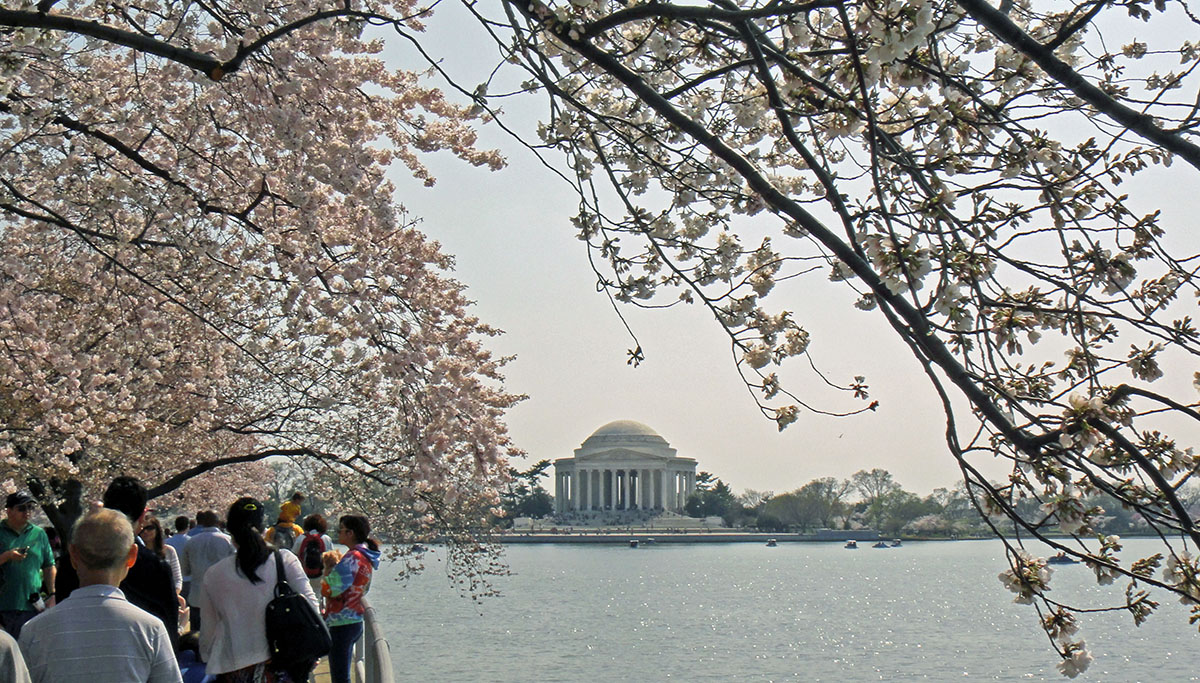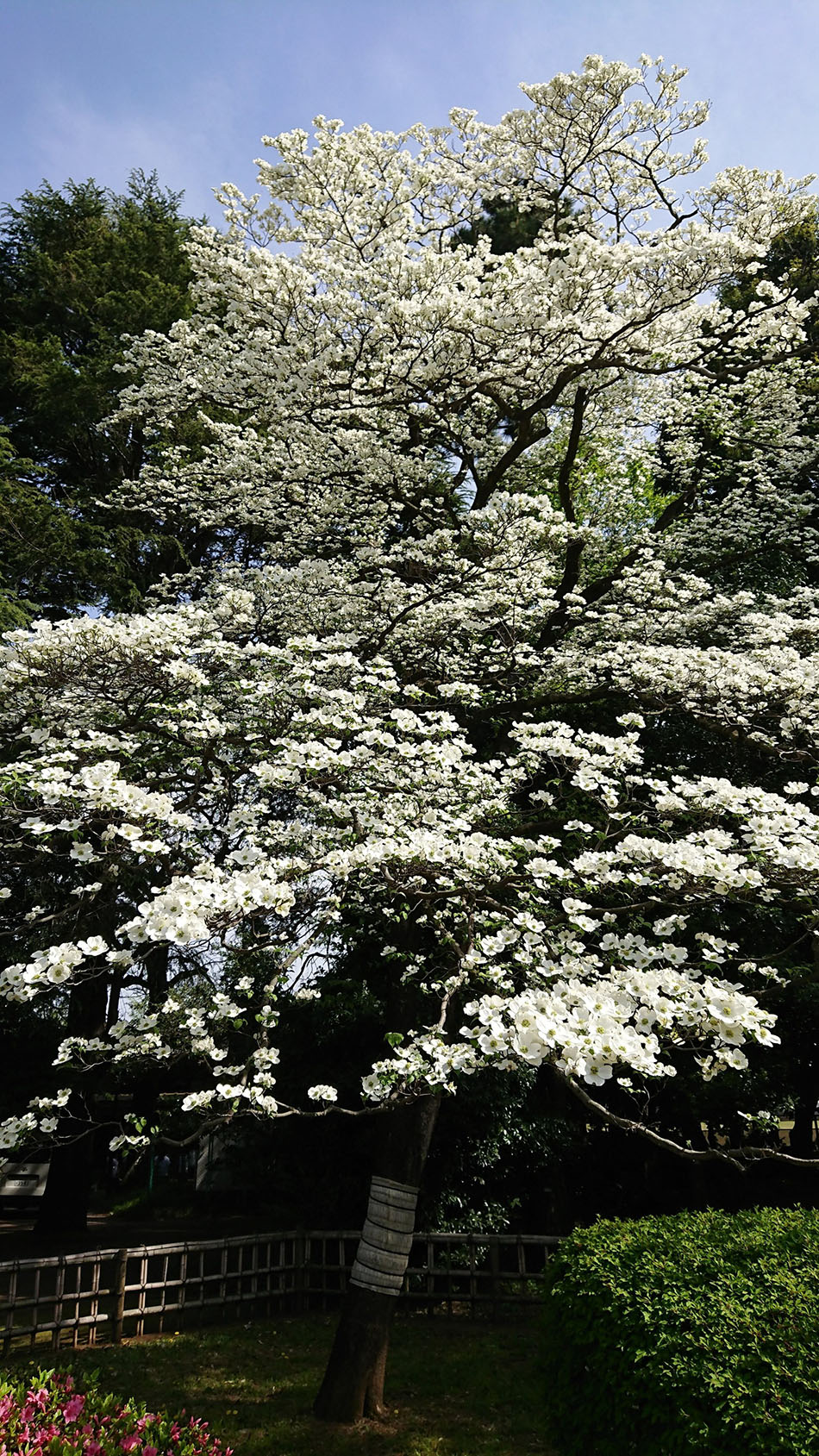公開日 2021年11月12日
Blue-eyed Friendship Doll in Oyama Elementary School
2. Relations between Japan and the US in Those Days
The immigration from Japan to the US started in 1868 (the 1st year of the Meiji period), with the Meiji Restoration. At first, the immigrants headed toward the Hawaiian Islands, but since 1880s, the number of Japanese immigrants into North America increased, for in 1879 the California State Assembly passed the bill that Chinese immigration be prohibited. Since then, Japanese immigrants as cheap labor force increased in number, many of whom came from Chugoku and Kyushu Regions such as Hiroshima, Yamaguchi, Kumamoto and Fukuoka Prefecture. They were engaged in the railway construction or the mine development in central and western North America. Around 1905, the Japanese residents in the US amounted to about sixty thousand, about ten thousand of whom were laborers for the railway construction. Immigrant laborers were paid a dollar a day each. One dollar was worth two yen after the World War I. The immigrant laborers were paid more than twice as much as those working in Japan. In 1920, the US, as well as other countries, was struck by the First Great Depression. As the result, anti-Japanese movement arose, in which Americans exclaimed that Japanese should be expelled from California, claiming that the wages for American laborers were lowered and their jobs were deprived by the Japanese immigrants, who worked hard for low wages and sent what they earned to their own country. It is true that American society had a tendency toward Anglo-Saxon supremacy, but Americans might as well have been increasingly alarmed by the exclusive attitude of the Japanese immigrants, who were unwilling to assimilate into American society.
Since around the World War I (1914 ~ 1918), the relations between Japan and the US got worse and worse due to the conflict of interests concerning the colonial policies. In 1912, Yukio Ozaki, the mayor of Tokyo, concerned about this undesirable situation, presented Boston City with about 3,000 young cherry trees, hoping for the goodwill between the two countries.
The cherry trees grew up, and Cherry Blossom Festival held every year along Potomac River in Washington D.C. has been famous as the annual event celebrating the coming of spring. On the other hand, however, the fact that young dogwoods were presented Tokyo in return in 1915 is not known very much.
In Japan, the Kanto Great Earthquake occurred in 1923, which brought Japan the economic depression. In 1925, the Maintenance of Public Order Act and the Universal Manhood Suffrage Act were proclaimed, followed in the next year by the death of Emperor Taisho and the change of the name of the era to Showa. In 1927, the Japanese government dispatched troops to Shangtung in China, while inside Japan a number of banks failed successively due to the financial crisis, which led some people into selling or killing themselves.
In the US, many people lost their jobs due to the prolonged economic depression, and the anti-Japanese sentiment intensified due to the Japanese unchanged attitude not to try to assimilate into American society. Under such circumstances, in 1924, the US Congress passed the New Immigration Law (the Anti-Japanese Immigration Law), on the purpose of excluding Japanese immigrants. Even though the citizen volunteers and the church leaders throughout the US collected money to offer relief supplies to the victims in Japan immediately after the Kanto Great Earthquake (they were brought to Japan by the American relief ships, the Merit and the Möbs, which arrived in Japan on September 18th, 1923, only 17 days after the earthquake), the anti-Japanese movement was unstoppable. The blue-eyed dolls came to Japan under such an oppressive situation.

- National Cherry Blossom Festival in Washington D.C.
(photo:Payton Chung)

- an American dogwood surviving in Tokyo Metropolitan Engei High School
Next⇒3. Doll Exchange Project ~ Gulick and Eiichi Shibusawa
- 1. Introduction
- 2. Relations between Japan and the US in Those Days
- 3. Doll Exchange Project ~ Gulick and Eiichi Shibusawa
- 4. Blue-eyed Dolls Coming to Japan
- 5. Torei Ningyo (Dolls of Gratitude) Sent across the Pacific Ocean
- 6. From the past to the future
Previous⇒1. Introduction


